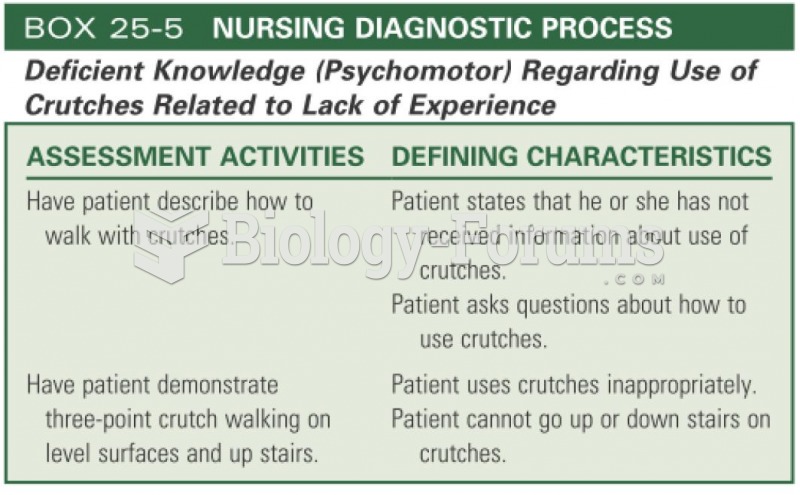Answer to Question 1
Metacognitive knowledge refers to a person's awareness of their own cognitive processes. It is sometimes referred to as thinking about thinking.. Some areas where this might be salient include a person's consideration of their own perception, attention, intentions, knowledge, and thinking strategies.
Metamemory refers to one's awareness of their own memory strategies, including the ability to monitor how their memory strategies are working (i.e., the effectiveness of how their memory works). It is also described as an intuitive understanding of memory.
Both of these processes indicate a child's growing awareness of their own developing internal self, and their ability to differentiate it from their external world. Their growing ability to monitor their own cognitive processes is another commonality between them.
Answer to Question 2
The secular trend is characterized by children becoming taller and heavier than their
parents and experiencing puberty at an earlier age. The secular trend in height and
weight has been documented in Europe and the United States. A Swedish study
(Tanner, 1989) showed that boys and girls grew taller in 1938 and 1968 than they did in
1883 . However, it now appears that children in middle- and upper-class families in
Western societies have stopped growing more than their parents did. Interestingly,
children from lower-income homes are continuing the secular trend from generation to
generation. It could be the case that those with medical and nutritional benefits have
now reached their full genetic potential, whereas children from disadvantaged
backgrounds are still making strides and reaping the benefits of improved nutrition and
healthcare.







